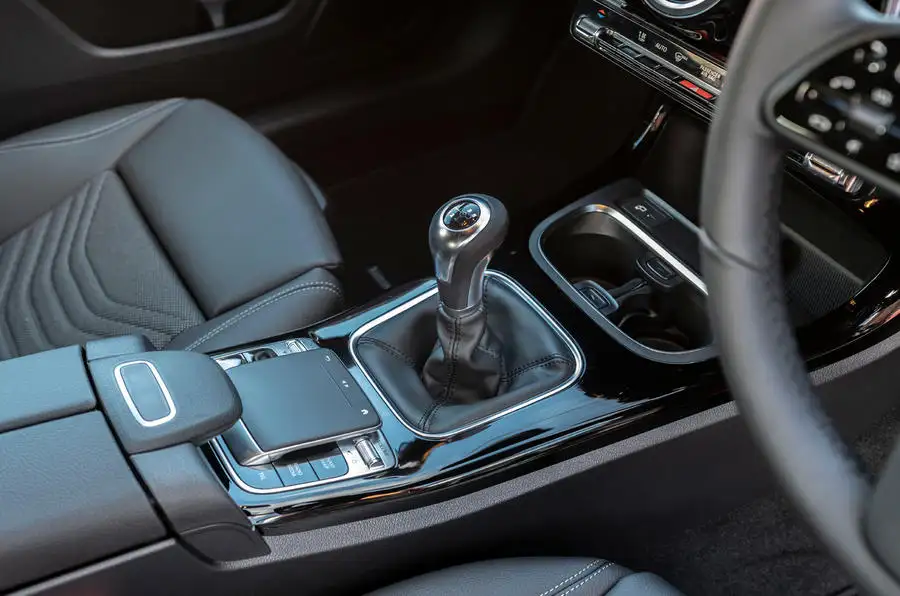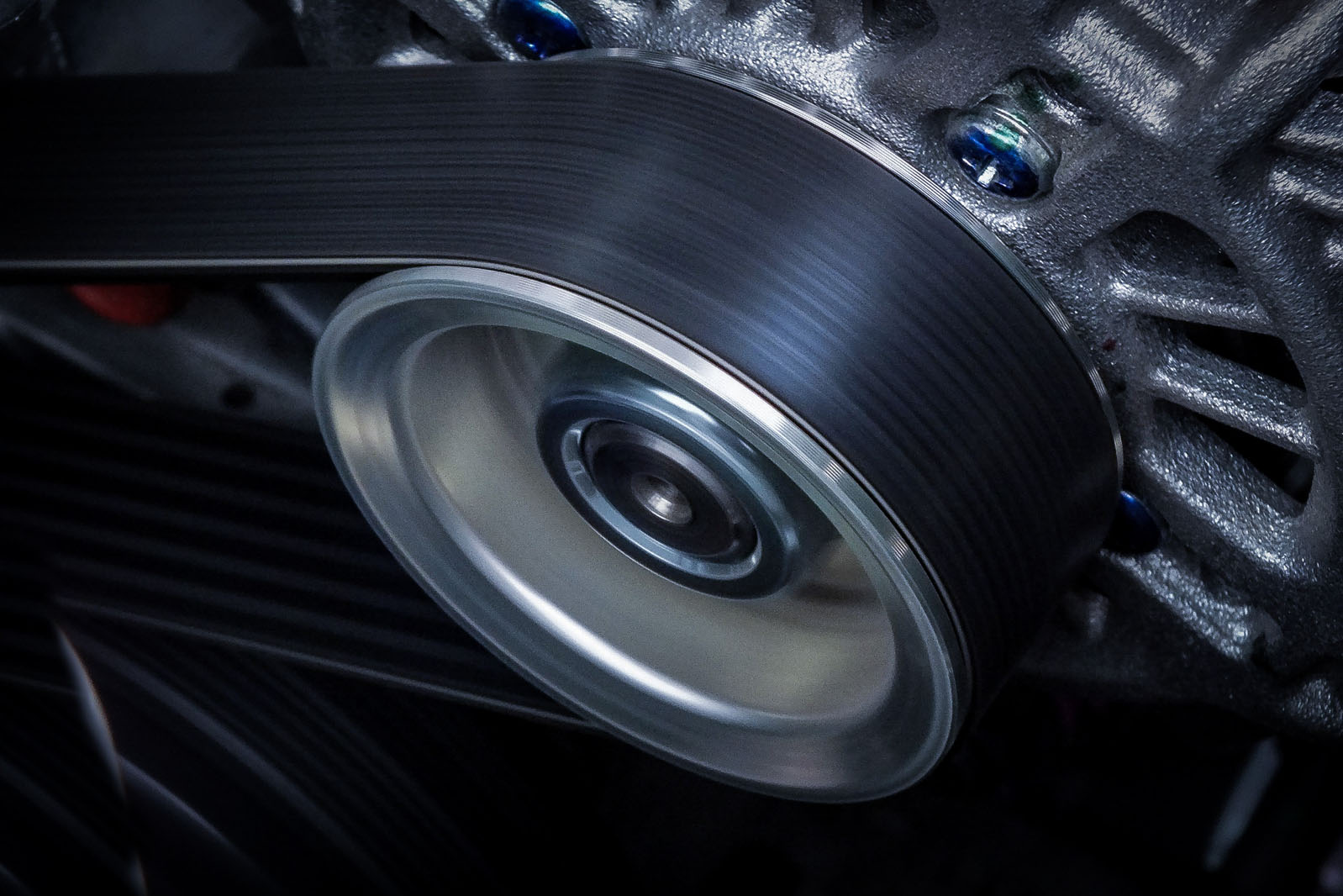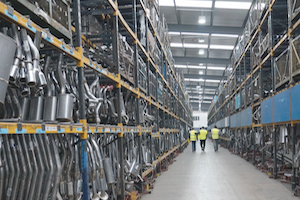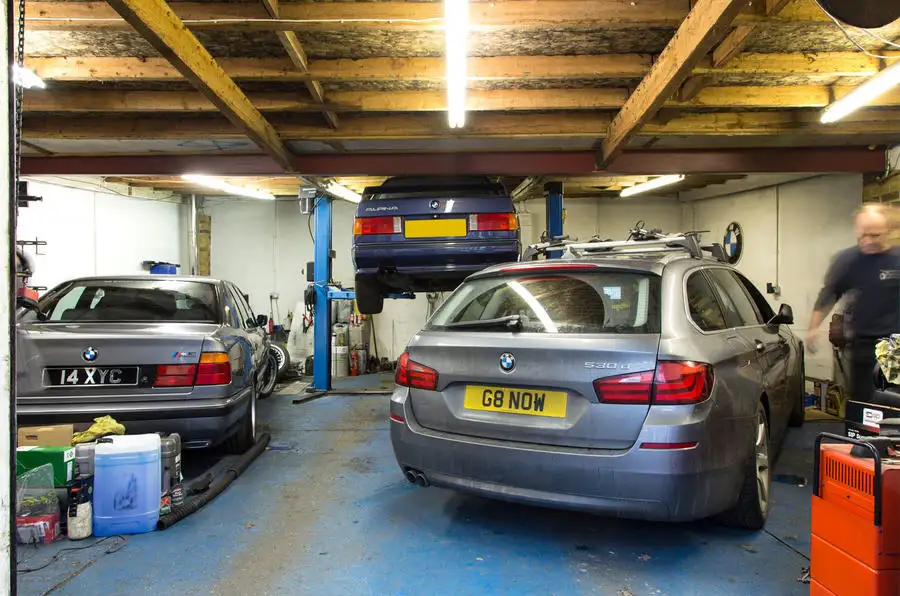New tech means that VMs will pull the strings, so how can the aftermarket break free? Neil Pattemore

Business Analyst at XEN Consultancy and FIGEFA representative
One of the burdens of managing your own business is that it is difficult to find the time to investigate what is ‘coming over the hill’ to assess what may impact your future business. Equally, if the business is doing well today, why should that not continue into tomorrow and beyond?
We are entering into a period of change that is more threatening than the aftermarket has seen for many years, if not ever. These changes are driven primarily by the increasing technology of the vehicles, which have yet to be seen by most independent garages and indeed, have yet to be recognised and addressed by the European legislators.
So what are these changes to the vehicle and what is driving them? In reality it is a mixture of things, which taken independently are issues, but together create real challenges in order that the vehicle can be kept on the road safely and still comply with type approval requirements.
This can include the increasing requirement to re-code or re-flash parts and components when conducting repairs, which is achieved by using a connection to the vehicle manufacturer’s website and ‘pass through’ programming. In itself, not a big issue, but in connecting to the vehicle manufacturer’s website, one of your main competitors is now able to monitor what you are doing to one of ‘their’ vehicles and can use this data to support their main dealers to market competitive service and repair offers to your local customer base.
Wheeled PC
However, the key issues revolve around the changes to the in-vehicle architecture that are turning the vehicle into not just a ‘PC on wheels’, but now more of a ‘server on wheels’ due to the increased IT functions and external communication via telematics.
This creates not only a much more IT based architecture, but allows much higher levels of access security, especially when there is remote wireless connection to the vehicle.
To address these security challenges, some vehicle manufacturers have already isolated the in-vehicle buses from any external communication via firewalls and security gateways. This not only impacts the telematics communication, but is already restricting the standardised 16 pin connector to emissions related data only.
Even if you can connect through the 16 pin connector, there is no direct connection to the vehicles ECUs, but data is controlled via the gateway. This may lead to each diagnostic tool having to be verified and registered with the vehicle manufacturer and to be authorised via the vehicle’s telematics system with the vehicle manufacturer’s server to authorise the vehicle to ‘open’ the communication. This then becomes a chargeable ‘service’ from the vehicle manufacturer, as well as being another method of monitoring and controlling the business of independent workshops.
Smoke without fire
You would be forgiven for thinking that current European legislation protects your right to access data via the 16 pin connector, but this is not the case. Legally, it needs to support emissions data only. The vehicle manufacturers is legally obliged to provide access to repair and maintenance information via their website, but this may also now include the in-vehicle data accessed via the vehicle’s telematics system.
Using the vehicle manufacturer’s website will restrict what data is accessible, as well as being another chargeable ‘service’ controlled under a B2B contract, but will also allow the monitoring and control of the independent workshops business models.
Naturally, aftermarket sector associations are fighting hard against these developments, but from the legislator’s position the legal basis of the legislation needs to change to reflect the anti-competitive issues and this legislation tends to be reactive, rather than pro-active. Equally, at the same time, the vehicle manufacturers are claiming that only they can be trusted to securely handle communication to and from ‘their’ vehicles.
If this were to become the case, then the VMs would be in direct and complete control of the diagnostic, repair and maintenance process, imposing their own diagnostic and service methods. Independent operators would become puppets of the VMs and the whole aftermarket chain (data publishers, spare parts distributors, test equipment manufacturers etc.) would struggle to survive. Independent workshops would have increased costs, would be forced to follow the vehicle manufacturer’s processes and would be competing much more directly with the main dealers.
So how can you fight this? Quite simply, as individual businesses, it would be very difficult to influence this problem, but united we stand and I strongly suggest that you consider joining one of the aftermarket trade associations who are focused on supporting their European colleagues in Brussels to work with the legislators to maintain independent access to the vehicle and its data, both via the 16 pin connector and in the longer term, via telematics.
For certain, this is a ‘game changing’ threat to the aftermarket and we haven’t even got to the subject of autonomous vehicles yet…
Find information about Neil’s consultancy business at xenconsultancy.com











Go to comments